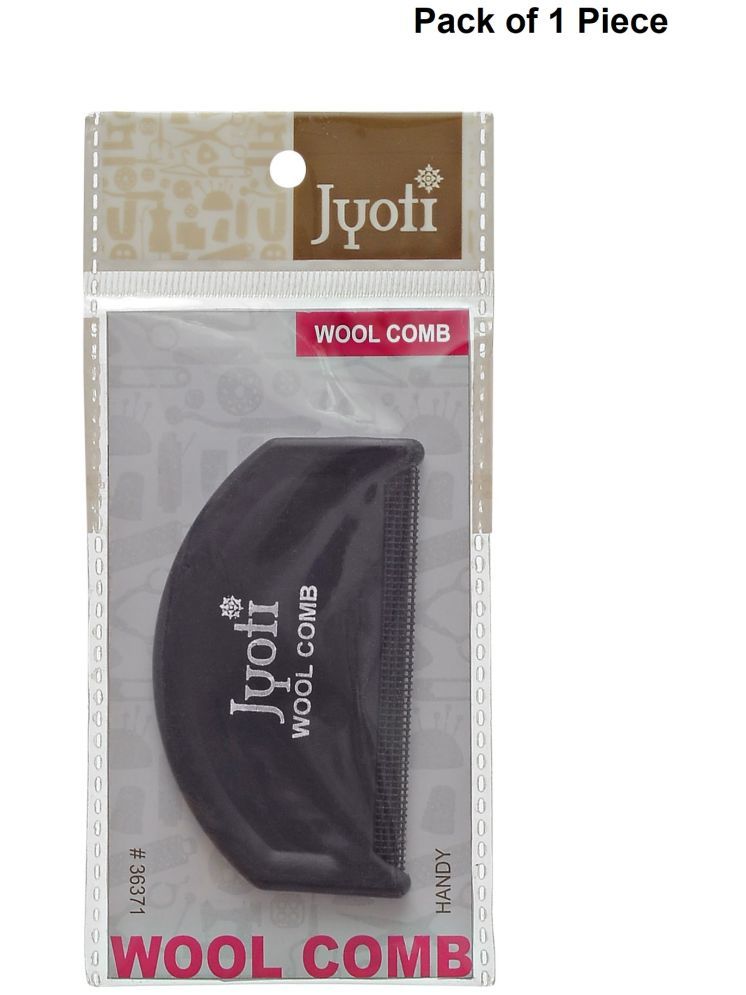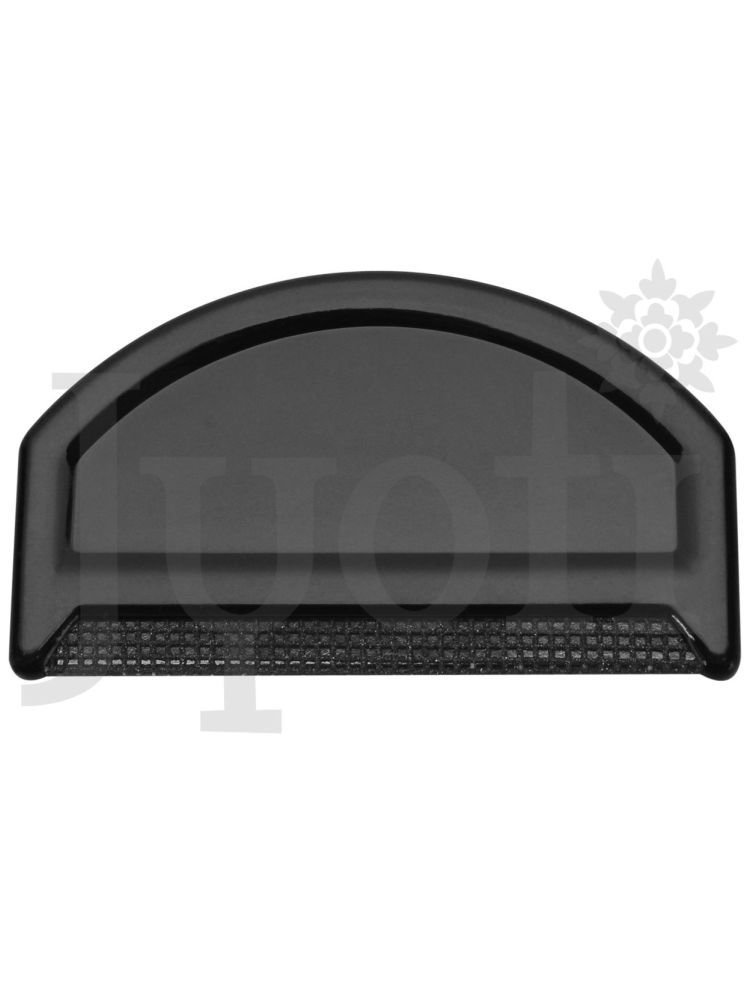Wool combs are built to be robust and durable. They need to withstand the force applied during combing without bending or breaking. The combs may have an adjustable tension mechanism that allows you to control how closely the tines come together when combing the wool. This feature can be useful for different types of wool and fiber preparations. Some modern wool combs are designed with ergonomic features to reduce strain on the user's hand and wrist during prolonged use. The tines and handle may have a smooth or polished finish to reduce friction and snagging when combing the wool. The design of wool combs should allow for easy cleaning, as wool can create buildup on the tines during use. Combs that are easy to disassemble or have smooth surfaces for cleaning are more user-friendly.
High-quality wool combs should be built to last, with strong materials and sturdy construction to withstand regular use over time. To avoid damaging the wool fibers, the edges of the tines are usually rounded or smooth. The tips of the tines are pointed, allowing them to easily penetrate and separate the wool fibers. The wool combs have a plastic handle attached to the tines. The handle provides a comfortable grip for the user and allows for better control during the combing process. The spacing between the tines and the alignment of the tines are crucial for effective combing. The tines need to be evenly spaced and aligned to ensure consistent results.

